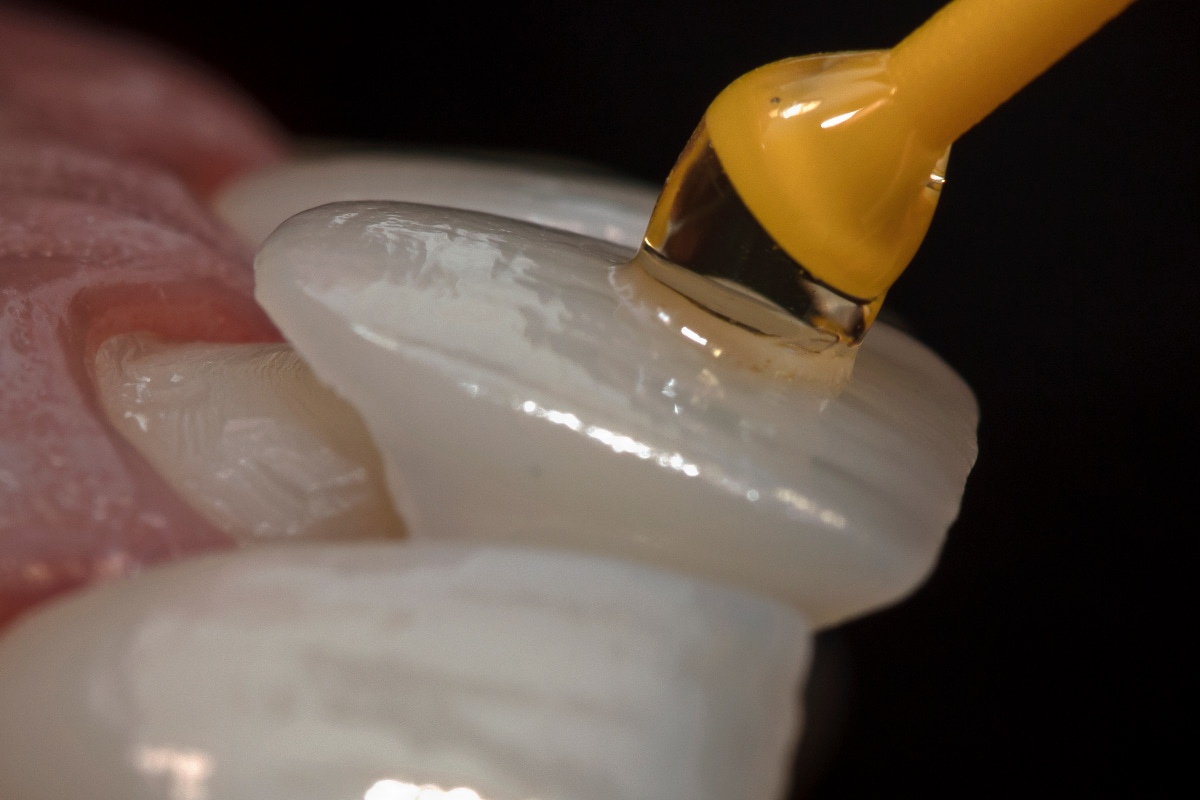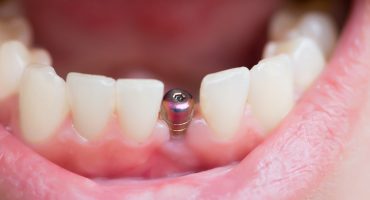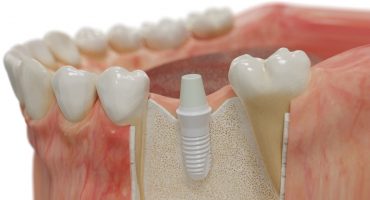Types and materials of Veneers
Veneers are available in a wide variety of shapes and materials. Basically, a distinction is made in aesthetic dentistry between
- Conventional veneers
- Non-Prep Veneers
- Immediate Veneers (Veneers-to-Go)
- Plastic Veneers
Conventional veneers, which are usually 0.3 to 1 millimeter thick, are the most widely used in this regard. These are ceramic veneers that are first carefully pressed before they cure in the oven. Ceramic veneers offer excellent aesthetics because the durable material itself covers heavy tooth discoloration. The only downside is that the teeth have to be prepared to secure the veneers.
In the so-called no-prep veneers no prior preparation of the teeth is necessary. The shells can thus be applied quickly and painlessly without sacrificing the tooth substance. Although no-prep veneers are also made of ceramic, the shells are only 0.2 to 0.3 millimeters thick, so that dark teeth can shimmer through. This category also includes the so-called Lumineers, which are the brand names of commercially available non-prep veneers.
Immediate veneers are also often referred to as "veneers-to-go". These veneers are very cheap. The dentist usually requires only one treatment. Immediate veneers are prefabricated shells made of either plastic or all-ceramic. They are not manufactured in the laboratory, which means that the time required for the patient is extremely low.
Plastic veneers are not prefabricated shells, but dental plastics that are applied to the tooth immediately. For this reason, they are referred to in dentistry as composite veneers.




